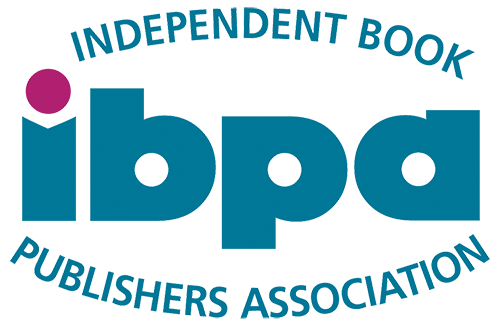
Is translating a book to other language effective?
- August 24, 2023
Translating a book into other languages presents a range of potential benefits and challenges. On the positive side, translation offers the opportunity for an expanded readership, allowing your work to reach a global audience and potentially grow your fan base significantly. Additionally, by tapping into languages spoken in emerging markets, you can access new readerships and sales avenues that might not have been available with the original language alone. Cultural relevance is another advantage, as well-adapted translations can forge a deeper connection with readers by respecting cultural nuances, leading to better engagement and positive reviews. Moreover, offering your book in multiple languages can confer a competitive edge, setting you apart from other authors and making your work appealing to an international readership. This can contribute to the development of a robust global author brand, enhancing your reputation and credibility on an international scale. Financially, translated versions can provide additional income streams through sales, royalties, and potential foreign rights deals, broadening your revenue sources.
However, there are notable challenges to consider. Ensuring translation quality is paramount, as poorly executed translations can result in misunderstandings, loss of subtleties, and negative reader experiences. The cost of translation is a substantial factor, encompassing fees for professional translators, editors, and potentially cover design, which can impact your budget significantly. Return on investment (ROI) can be uncertain, as success depends on sales in new markets that might not always be predictable. Effectively marketing the translated versions poses challenges as well, necessitating tailored strategies for each language and culture, which can increase both workload and costs. The time and effort required for translation could divert resources from other writing projects. Adapting content to different cultures is complex and demands meticulous research and consultation with cultural experts. Distributing and gaining visibility for translated versions across diverse regions might prove challenging. Linguistic complexities, such as wordplay or cultural references, could be difficult to translate accurately. Legal considerations, including contracts and foreign rights, can also be intricate. Lastly, there’s an inherent risk of miscommunication due to language differences even with high-quality translations.
In contemplating whether to translate your book, it’s crucial to carefully assess these pros and cons in alignment with your goals, resources, and the potential demand for your work in other languages. Conducting comprehensive market research and seeking advice from authors experienced in translation can provide valuable insights for making an informed decision.
Listed below are pros and cons in considering a book translation
Pros:
- Increased Audience Reach
- Access to New Markets
- Cultural Relevance
- Competitive Advantage
- Global Branding
- Expanding Income Streams
- Networking Opportunities
- Cultural Exchange
Cons:
- Translation Quality
- Costs
- ROI Uncertainty
- Marketing Challenges
- Time and Effort
- Cultural Adaptation
- Distribution and Visibility
- Linguistic Complexity
- Legal and Contractual Considerations
- Risk of Miscommunication
Our Services
- Editorial Development
- Layout and Designs
- Publication and Distributions
- Brand Development and Audience Building
Locate Us
Springer Literary House LLC
6260 Lavender Cloud Place
Las Vegas, NV
89122
Contact Us
